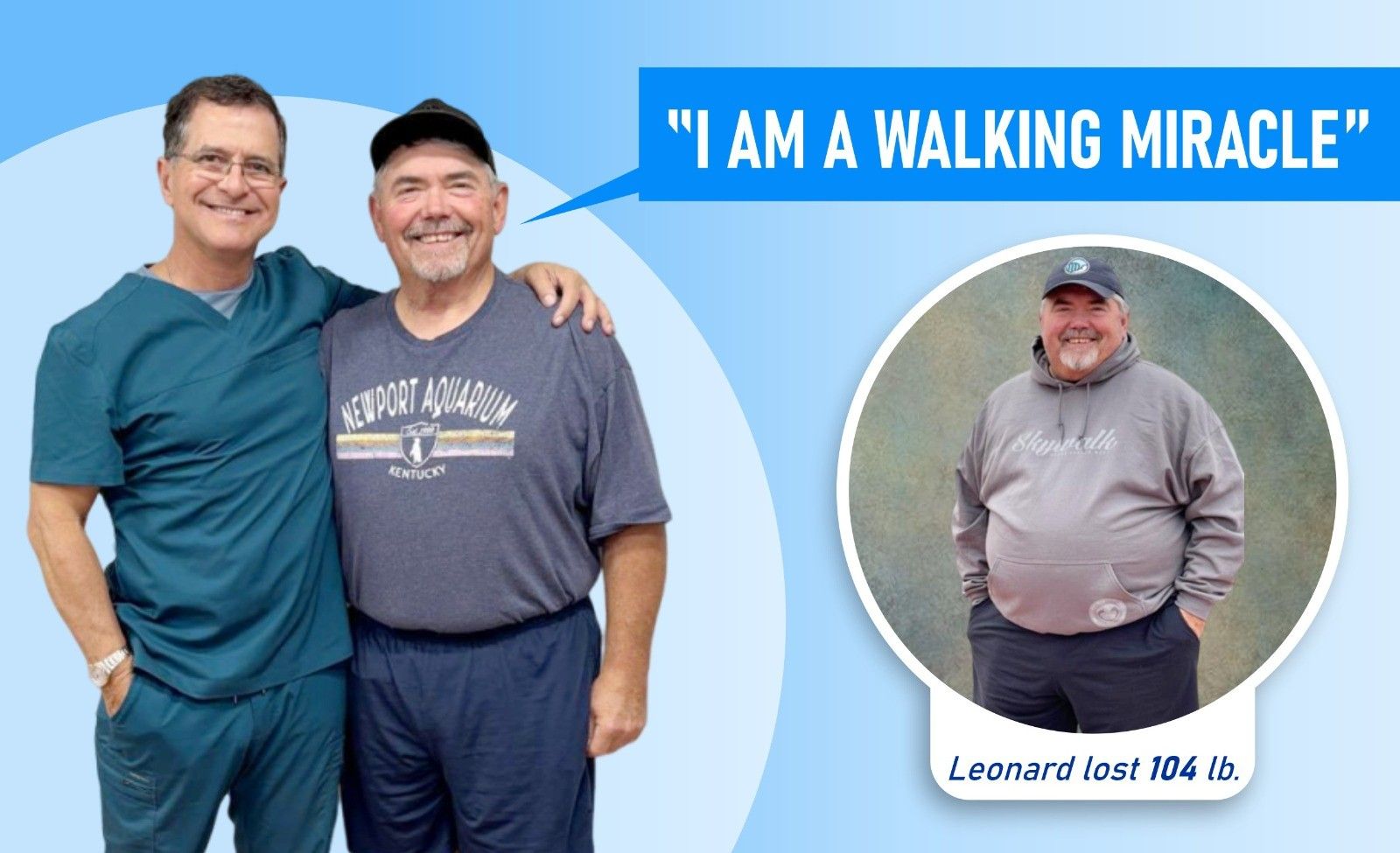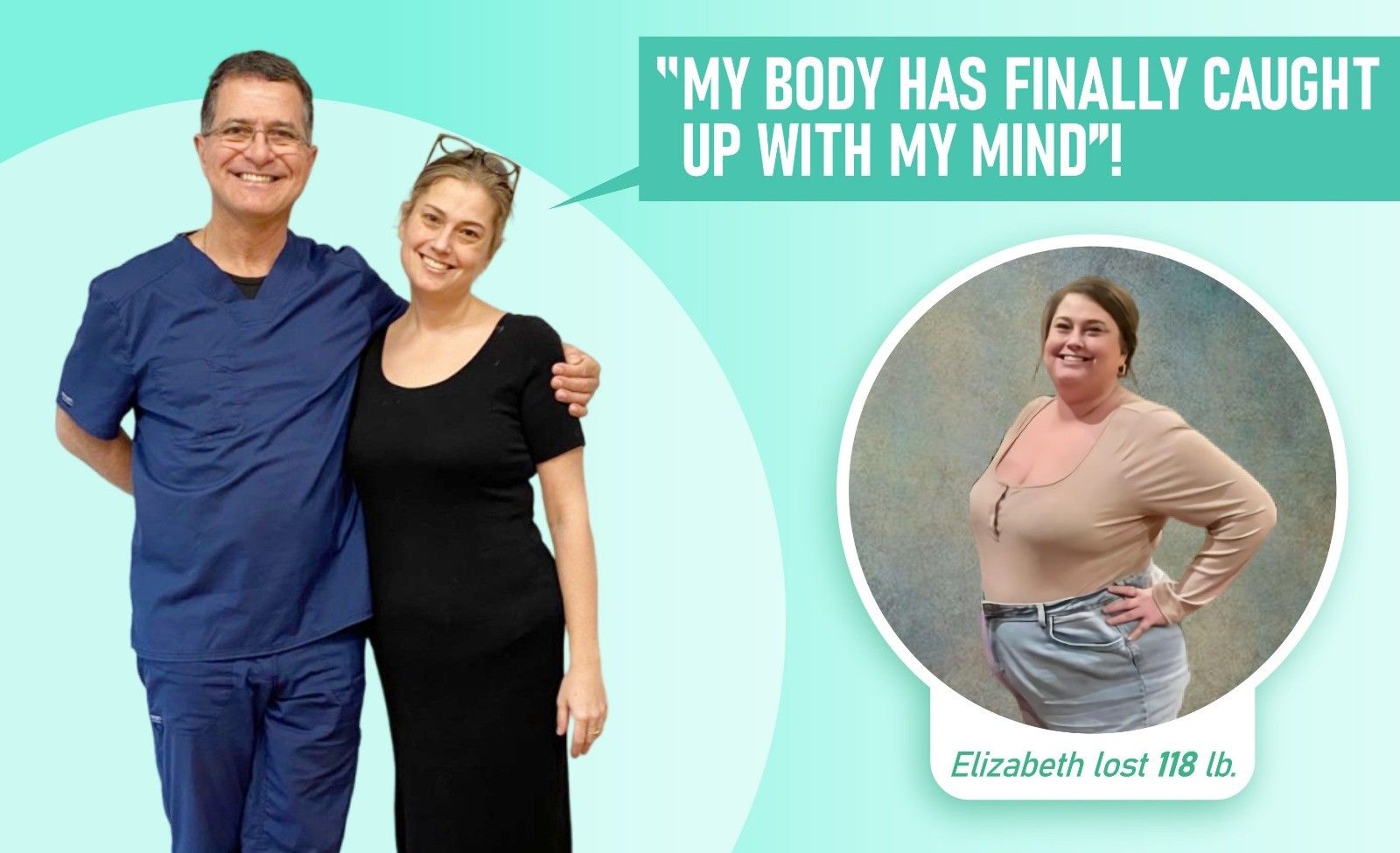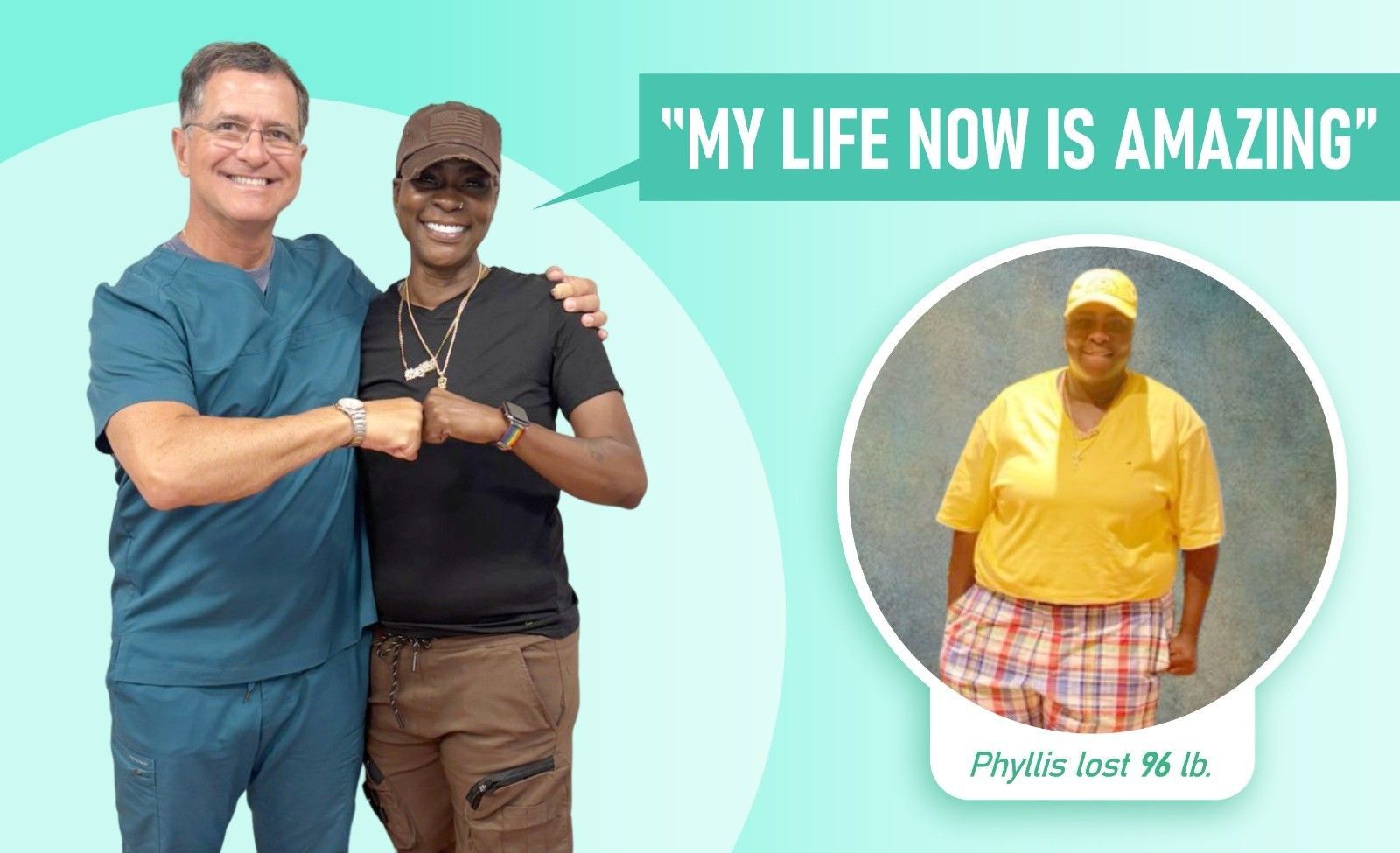Weight Loss Surgery Options in Jacksonville, Florida
Learn About Sleeve Gastrectomy
A sleeve gastrectomy is a surgical weight loss procedure initially designed to be the first step of a two-step surgery. For many years now, we have used it as the main and only procedure. It reduces the amount of food you can eat at one time, allowing you to reach satiety sooner and stay not as hungry longer.
During the sleeve gastrectomy procedure, the surgeon removes a large portion of your stomach (about 80% of the stomach). Ghrelin, a hormone that is associated with hunger, is reduced with the reduction of the stomach size. After surgery, your stomach is about the size and shape of a banana. This smaller size stomach reduces the amount of food you can eat, and provides you satiety sooner and longer.

List of Services
-
The Vertical Sleeve Gastrectomy ProcedureList Item 1
Surgeons perform sleeve gastrectomy, sometimes called a vertical sleeve gastrectomy, under general anesthesia. Patients sleep through the procedure and therefore feel no pain.
Most surgeons perform a sleeve gastrectomy using a thin scope, known as laparoscope. In this procedure, the surgeon makes two to five tiny cuts in the skin, in which he inserts the laparoscopy tube, camera and other surgical tools. The camera allows the surgeon to see inside your body by looking at video monitors in the operating room. The trocar allows instruments and camera to be inserted and exchanged as needed. The best cosmetic result, less pain after surgery, and faster recovery are the advantages of this technique making it popular with many people.
During a sleeve gastrectomy, your surgeon dissects the stomach along its length and closes it using three rows of metal staples. The greater curvature of the stomach is removed from the body. The section of the stomach that is removed is responsible for producing some of the hormone, ghrelin, involved in signaling hunger. It is believed that the reduction in these hormones also assists with weight loss.
Although the stomach is narrower than it once was and has less storage capacity, its function is not changed. Patients will still need to observe what to or not to eat. Proper eating habits and life style is a key in this kind of surgery as in any other weight loss procedure.
The sleeve gastrectomy procedure generally takes longer than a gastric band, but less time than the gastric bypass surgery.
Even though your stomach will help with your weight loss, it is important to remember that this surgery is not a quick fix for obesity. Gaining the best results from a sleeve gastrectomy relies on changing some behaviors and habits that caused you to gain weight in the first place. Your bariatric surgery will help, but it won’t do all of the work for you
-
Is a Sleeve Gastrectomy Right for You?List Item 2
Because weight loss surgery is an important decision, there are several questions you should ask yourself before deciding if bariatric surgery is a good solution for your weight. This is especially important with the sleeve surgery because the changes made to your digestive system are permanent. There is no way to reattach the stomach that was removed. Since there are no adjustments, you must follow recommendations and follow up as instructed by your surgeon or bariatric practice.
The first question is, are you ready to make the changes that are needed for you to lose weight? These changes generally mean changing your relationship with food so that it is simply a way to nourish your body instead of being a way to alter how you free about yourself and the world around you.
These changes take time and some effort. The good news is that Dr. Baptista’s bariatric practice is there to help you so remember to reach out for help when you need it.
Weight Loss Surgery Options Resources
Patient Success Stories







